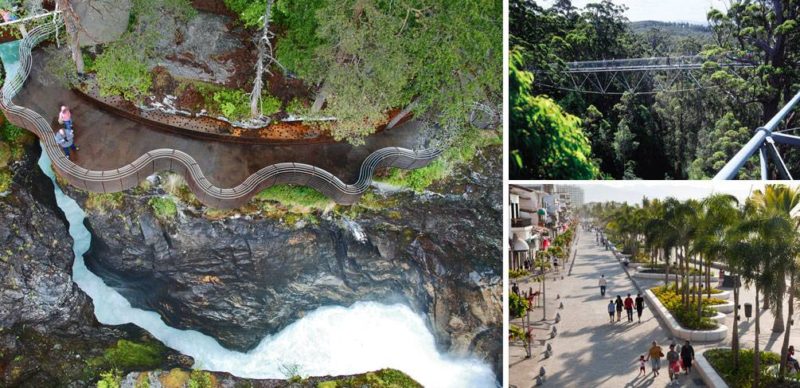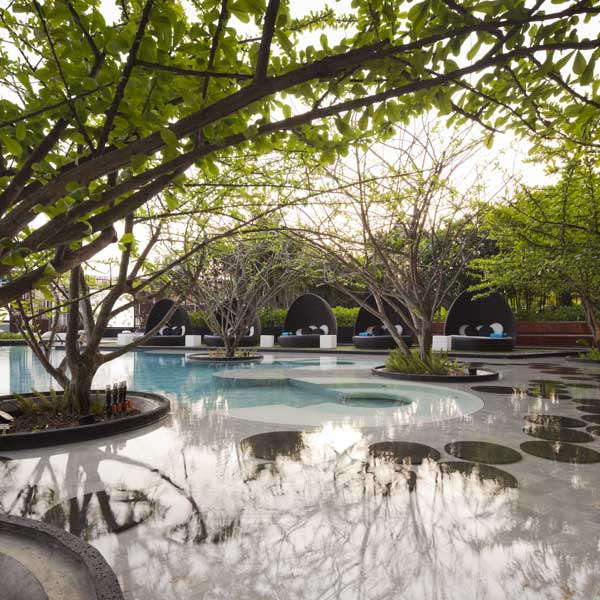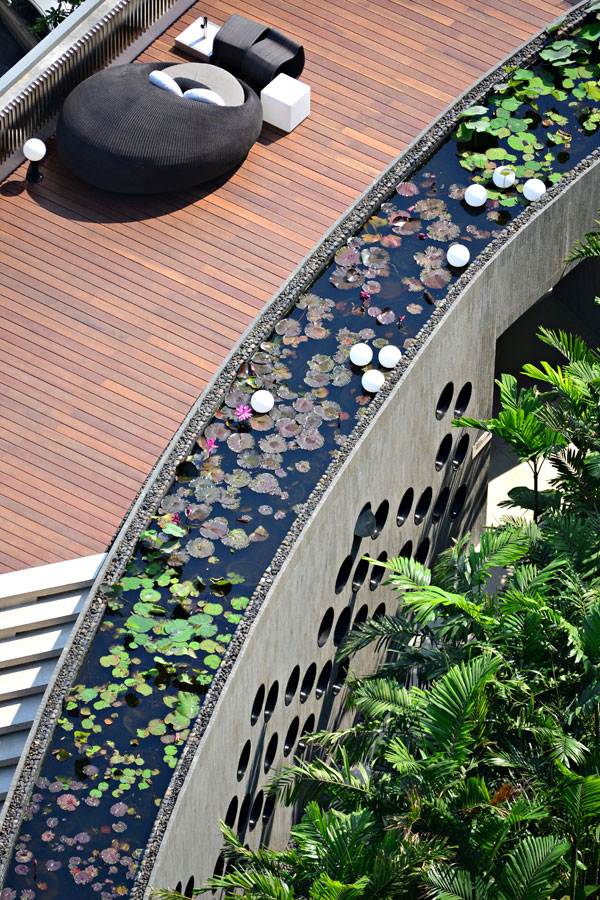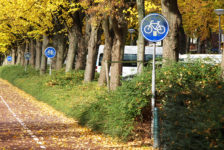With a growing interest in sustainable travel and ecotourism, landscape architects are playing a bigger role in the tourism industry than ever before. While this is by no means an exhaustive list, we here at Landscape Architects Network want to showcase some of the coolest landscape projects in tourism today. Highlighting the diversity of what landscape architects are contributing to the realm of tourism, these projects were selected for their uniqueness, their contribution to tourism, and their respect for local and environmental context.
Tourism Projects in Landscape Architecture
1. The National Tourist Routes of Norway
Stunning landscapes come together with stunning design along Norway’s National Tourist Routes. In fact, here at LAN we love this project so much that we have previously featured it. Twice. With good reason. The 18 separate stretches of highway total nearly 2,000 kilometers in length. Each route has its own character and was selected for its unique and picturesque scenery.

Trollstigen National Tourist Route by Reiulf Ramstad Architects. Photo Credit: Diephotodesigner.de
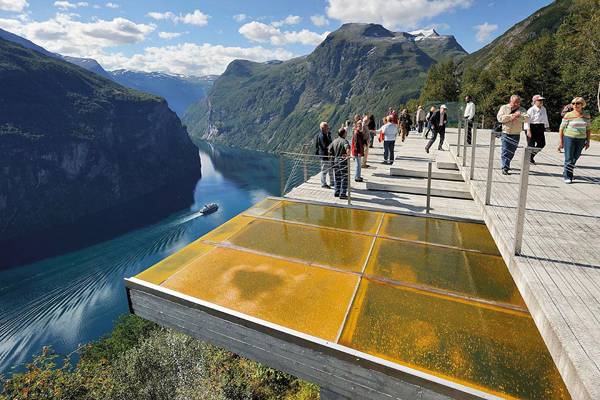
Viewpoint Ørnesvingen. Credit: 3RW Architects
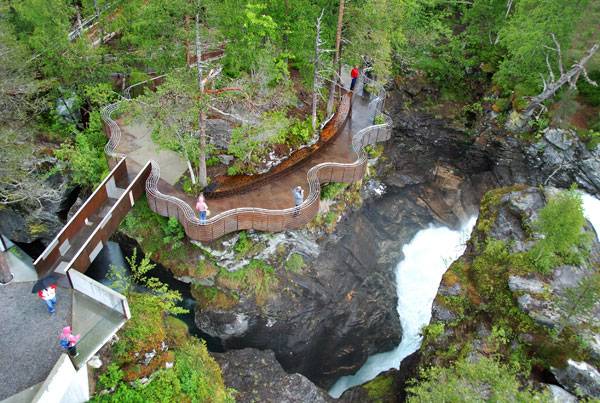
Gangbruer, Geiranger-Trollstigen Tourist Route Architect: Jensen & Skodvin Arkitektkontor as Photo ©: Magne Flemsæter/Statens vegvesen
2. Valley of The Giants Treetop Walk
Walpole-Nornalup National Park in Western Australia contains some of the most unique plant and animal life in the country, with many ancient species found nowhere else in Australia. Because of its unique landscape and wildlife, the park is a popular destination for tourists — but this popularity also poses a threat to the long-term preservation of the area. The Treetop Walk, designed by Donaldson and Warn was created as a solution to this problem, one that would allow the continued enjoyment of the Valley of the Giants, while better preserving and protecting the area for future generations.
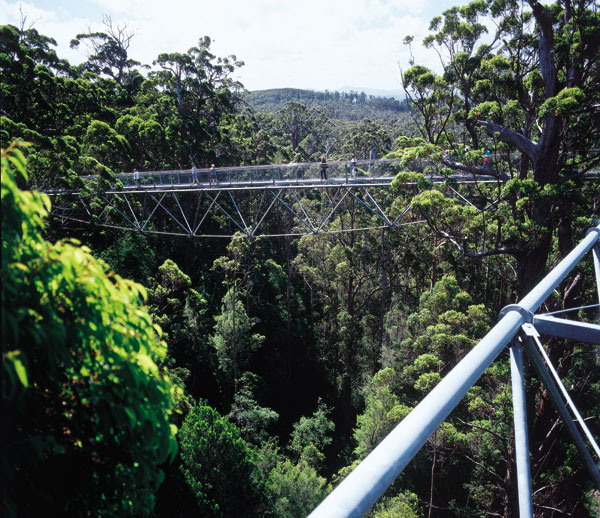
The Treetop Walk. Image courtesy of Donaldson + Warn
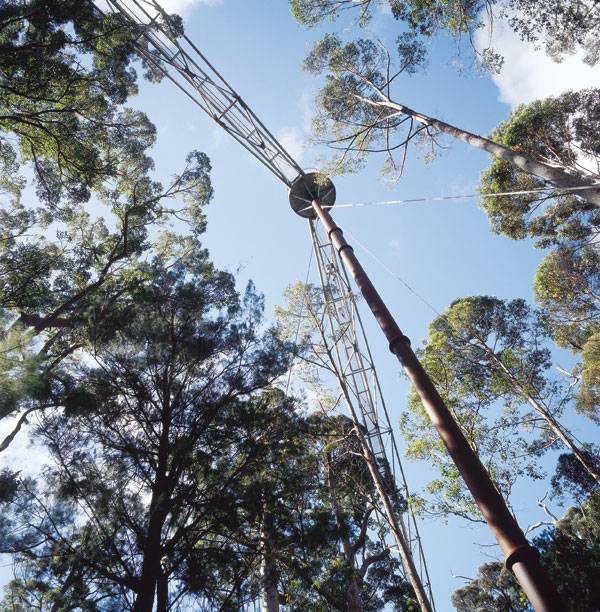
The Treetop Walk. Image courtesy of Donaldson + Warn
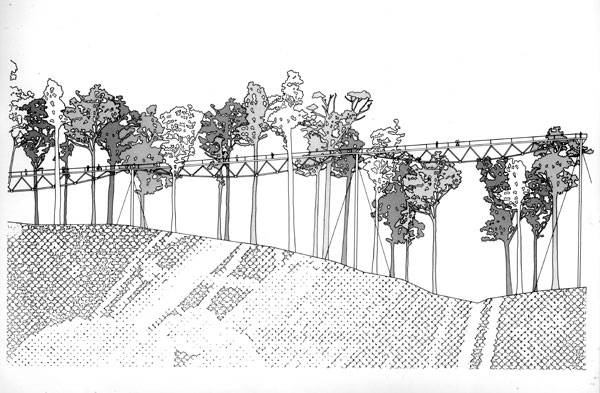
The Treetop Walk. Image courtesy of Donaldson + Warn
3. Puerto Vallarta Malécon
A collaboration between Trama Arquitectos, Estudio 314, and West 8, Puerto Vallarta’s seaside promenade stretches across the waterfront and the downtown, bringing tourists and locals together in the heart of the city. The project’s aim was twofold: to promote and grow tourism in the city, as well as to strengthen local identity and serve the day-to-day needs of locals.

The Malecon esplanade along the seawall: enhancing the elegance of the contour lines with sitting edge elements. © West 8 urban design & landscape architecture Photographer: Alejandro Cartagena.

The Malecon esplanade along the seawall: enhancing the elegance of the contour lines with sitting edge elements. © West 8 urban design & landscape architecture Photographer: Alejandro Cartagena. © West 8 urban design & landscape architecture Photographer: Alejandro Cartagena.

Introducing green: providing shade with 300 hundred additional palms in the new planting scheme. © West 8 urban design & landscape architecture Photographer: Alejandro Cartagena.
4. The Pool and Garden at Hilton Pattaya
The beachside city of Pattaya, just a two-hour drive from the capital of Bangkok, is one of Thailand’s most popular tourist areas. Once known for its beautiful, uninterrupted coastline, today the beachfront has become overcrowded with restaurants, shops, and nightclubs and has gained a seedy reputation as a destination for sex tourism.
As a result, the beach city has lost much of the magic it once had. However, many are trying to change this, to revive the area and turn it back into the sophisticated destination it once was. Aimed at travelers seeking a more upscale experience, the word “stunning” might come to mind when describing the Hilton Pattaya, designed by Thai firm TROP terrains + and Open Space. Planting, furnishings, hardscaping, and waterscaping have all been carefully selected to create a soothing environment — an oasis escape from the overcrowded beach town. There is nothing “cookie cutter” about this project; every element feels customized. In fact, what makes the project so impressive is how each element and material has been purposefully selected. And the masterful orchestration of each of them has created a sort of ethereal beauty in the space. Use of water and lush greenery really makes the space feel like a tropical oasis. Too often, minimal green is incorporated into private spaces, but the results of TROP’s use of lush planting is well worth the extra care and maintenance involved. Perhaps the highlight of the project is a beautiful infinity pool that sits at the edge of the rooftop, overlooking the ocean and creating a seamless view that makes swimmers feel like they are floating toward the edge of the earth. Why see it? Simply put, TROP’s design work at Hilton Pattaya is beautiful. Each element and material feels purposefully selected and works harmoniously together, and the elegant rooftop pool affords a spectacular ocean view. Today, many travelers are seeking accommodations that feel unique and authentic, and the Hilton Pattaya certainly delivers. Providing an oasis escape from the chaos of the crowded beach city, Hilton Pattaya’s design creates a luxurious atmosphere that helps to make guests feel relaxed. The project is a good example of how landscape architecture is increasingly contributing to private projects in tourism. Landscape architects and designers can bring a unique perspective to private projects, often creating stunning results. In the past, the same standard designs would often be applied to hotels to save time and money, but today, more and more travelers are demanding a unique experience.Landscape Architecture Brings a Unique Perspective
Landscape architecture is playing a growing role in tourism, and these projects are just a few examples of how the profession is contributing. Landscape architects often bring a unique perspective, and by focusing on place-making, are able to strike a balance between environmental integrity and human use. What’s on your bucket list? If you could travel to see any landscape architectural project in the world, what would you see and why? Tell us in the comments! Recommended Reading:
- Designing the Sustainable Site: Integrated Design Strategies for Small Scale Sites and Residential Landscapes by Heather L. Venhaus
- Lifelong Landscape Design by Hugh Dargan
Article by Michelle Biggs Return to Homepage
Published in Blog


